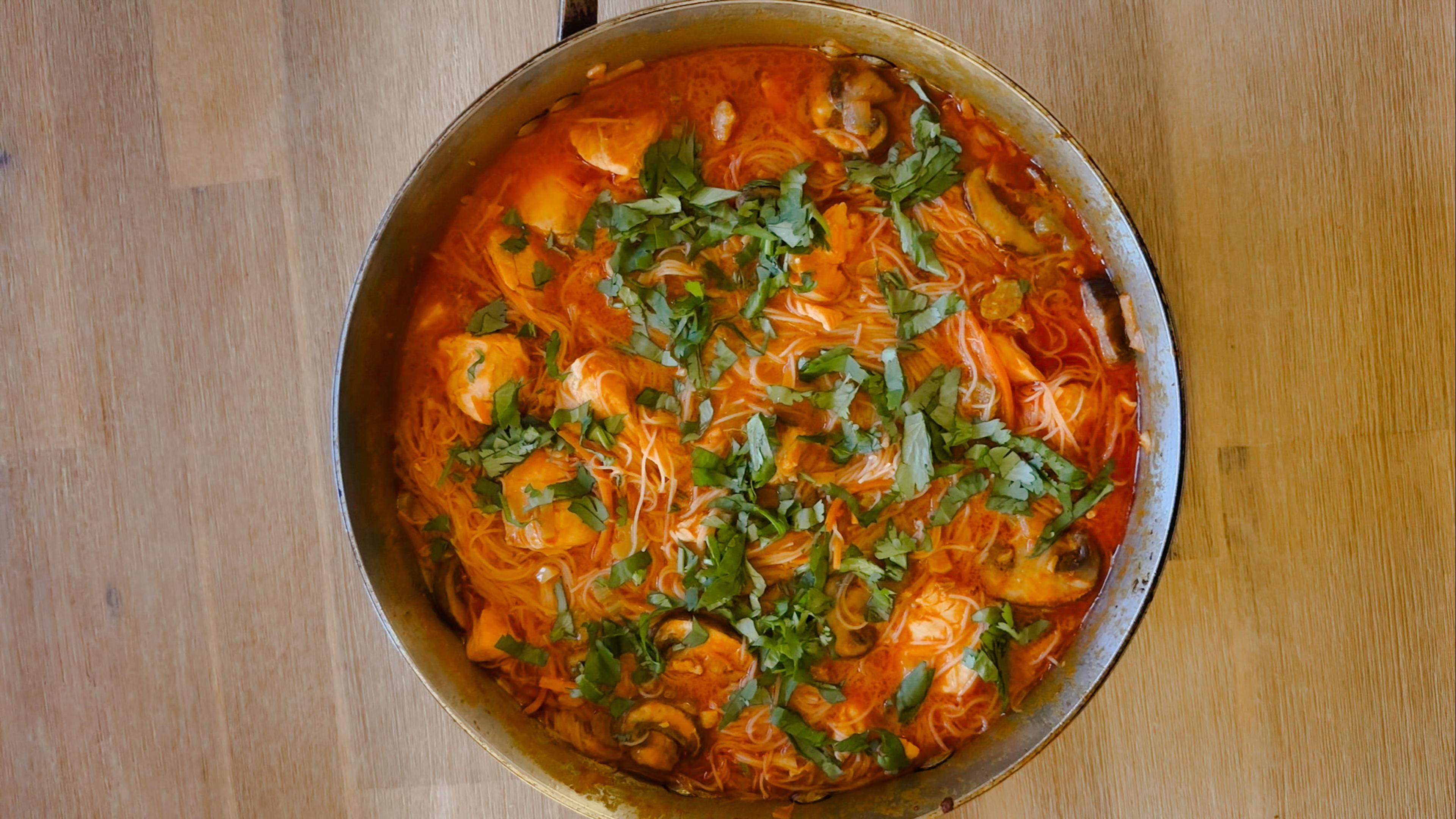Age-Appropriate Ways to Talk to Kids About Food
Shandra Martinez
| 4 min read

Our children learn about food in all kinds of ways. Most of their early food education starts at home and comes from how parents talk about meals, snacks, the food that’s in their cupboards and filling the refrigerator and freezer. As they get older, their ideas about food can be shaped by videos, TV shows, commercials and things they are seeing on social media. By this time, they are being bombarded with food messaging that might be very different than what their parents want them to know. That’s why it’s important to talk about food often – and in a healthy way – with children. There are age-appropriate ways to talk to kids about what they’re eating to help them understand how to make the best choices as they get older.
By having conversations that are tailored to a child’s age, parents can go a long way toward preventing a serious health issue: obesity. According to the Centers for Disease Control and Prevention, obesity has become a growing problem for children and teens in the United States. Nearly 20% of kids ages 2 to 19 in this country are obese – about 14.4 million kids. The highest numbers are among older kids, those ages 12 to 19. But it even affects the youngest age groups. More than 13% of children ages 2 to 5 already weigh in at obese levels.
Here are some positive food messaging for kids, no matter what their age:
Pre-K through elementary. Whether they were breastfed or bottle fed, kids all wind up as toddlers picking out their favorite finger foods based on what’s put in front of them – and what they see other family members and friends eating. This is where positive food talk begins. Don’t tell them some foods are “bad” for them, or that a certain food “will make you fat.” Instead, talk about how healthy foods will give them good energy for playing outside and having fun. Reinforce how fruits, vegetables and lean proteins are foods that are “good for your body.”
According to an article in Psychology Today, there are some methods parents can use that put a healthy focus on foods, instead of using language that food-shames children or uses high-calorie treats as a reward for good behavior:
It might be easier to grocery shop, garden or cook meals without your kids on your heels, but getting them involved in any food-related activity is a great way to show them good food choices. Let them:
- Pick the vegetable for tonight’s dinner
- Make a salad or raw veggie platter for the meal
- Select which fruit will be the family’s dessert
- Explore the store’s produce section and find a new item to try
Pre-teens and middle school. Kids in this age group are hyper aware of food, body and diet messaging on social media. This is a great age to dial in those healthy food conversations with more specifics:
- Talk about how certain foods are good for healthy skin and hair.
- Make sure they know how much lean protein a kid their age should be getting (about 34 grams).
- Tell them how fiber-rich foods like apples, oatmeal and even refried beans can keep their digestive system working better.
- Let them take the lead in meal planning one night each week.
High school. By now, most older teens have a good idea of what healthy eating is. But they are also deep into the advertising culture of junk foods, snack foods, soda and fast-food meals. While there should not be any “forbidden” foods, talk to teens about moderation when it comes to high-fat, high-calorie snacks. Other good options for teens:
- Packing their own lunches with lean protein, fruit and water.
- Making a list of healthy snacks they want from the store each week.
- Weekly meal planning, cooking or grocery shopping for the family.
Related:
Photo credit: Getty Images





